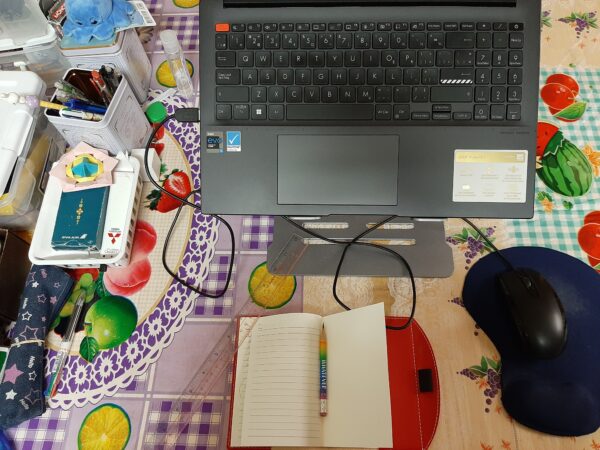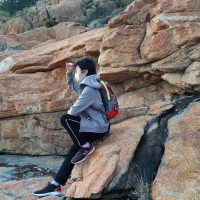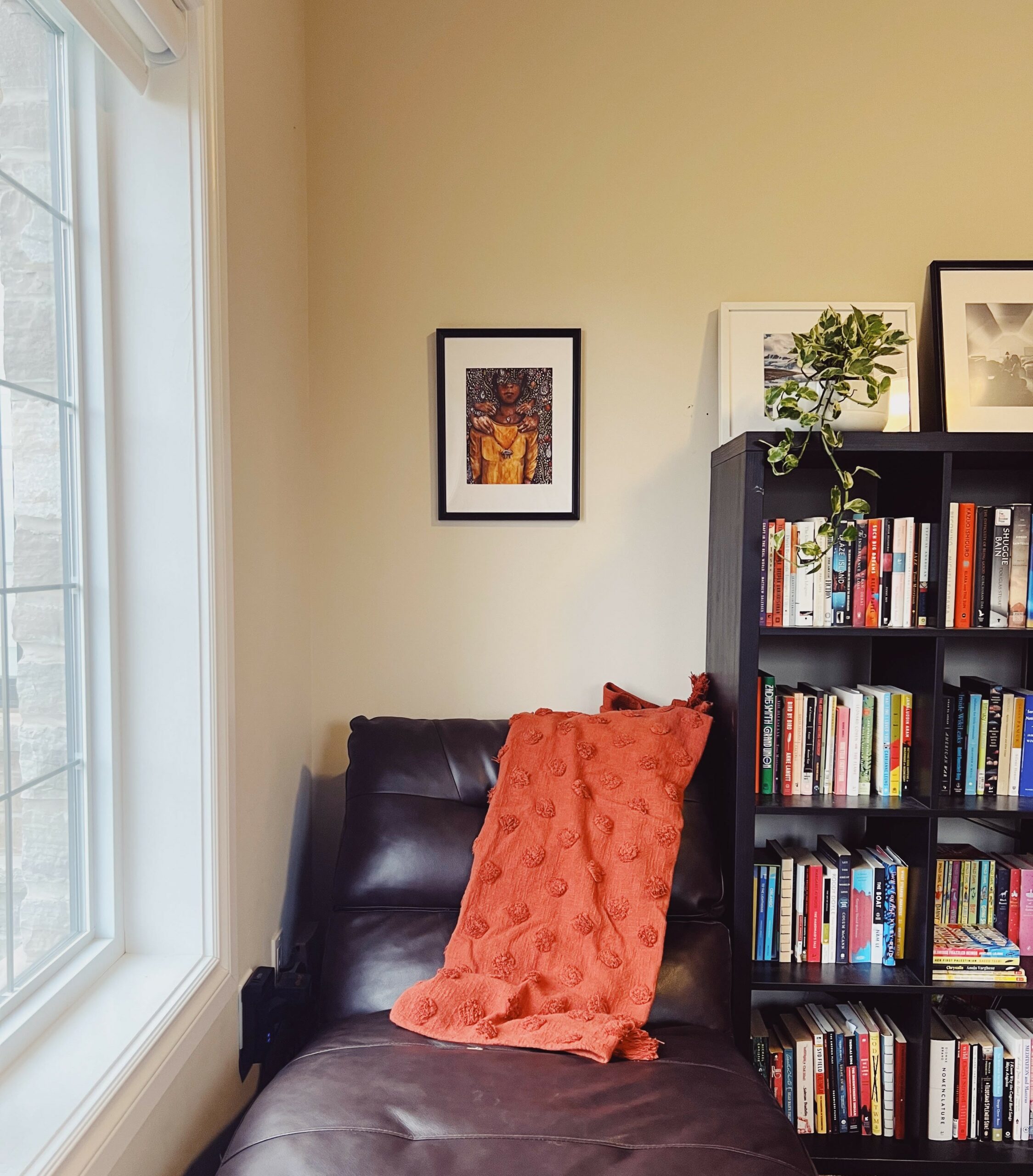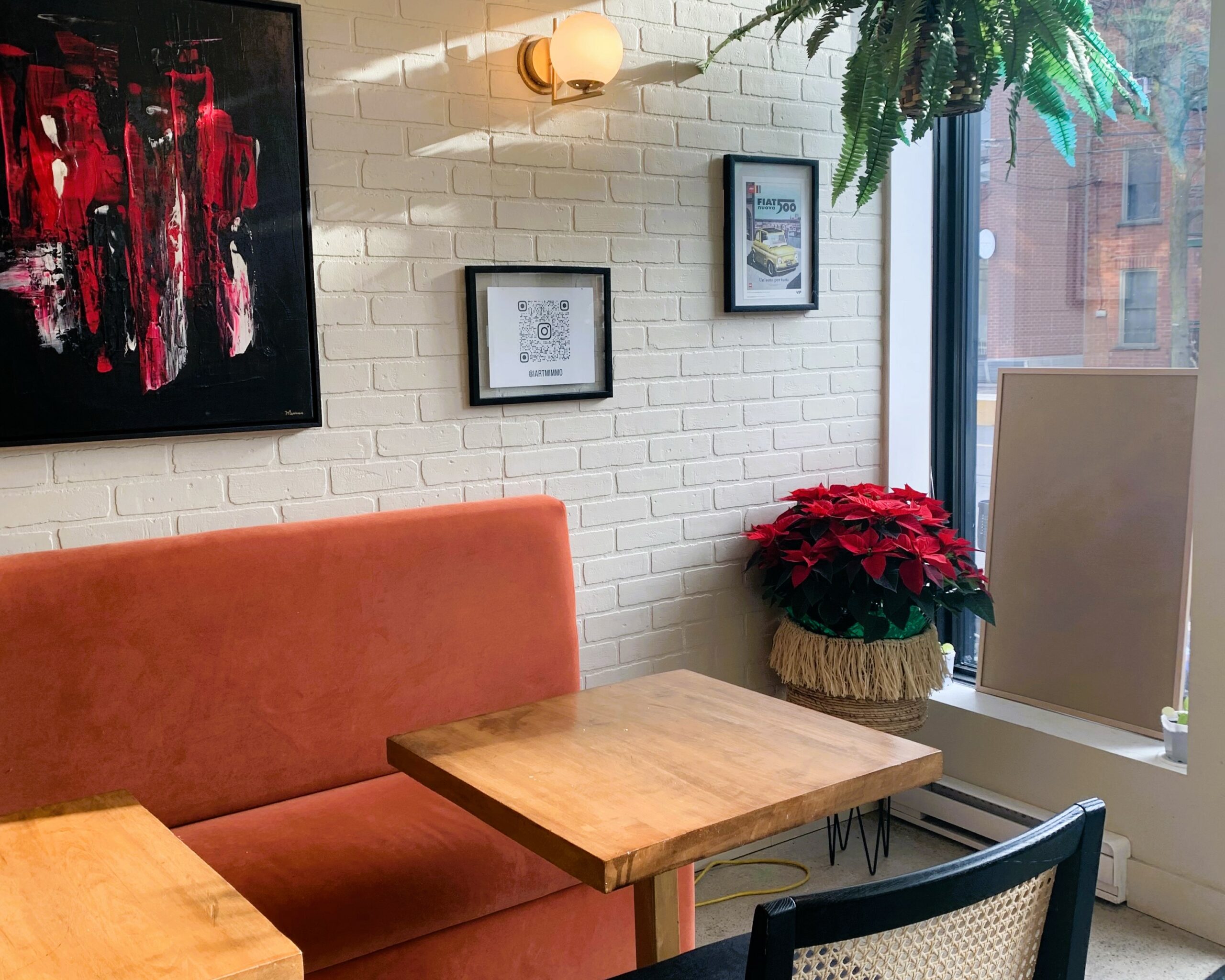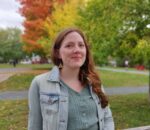What’s Liz Harmer Reading?
I have just finished a book that a dear friend recommended: Faces in the Water by New Zealand writer Janet Frame. Published in 1961, Faces in the Water is a novel narrated by a woman living in a psychiatric asylum in the 1940s and 50s (I think), and has only the barest plot: she enters the hospital at around 20 years old and lives there for nearly a decade. She receives electroconvulsive therapy (which she dreads) and dehumanizing treatment, and faces the ongoing threat of a lobotomy, which she narrowly avoids. But the novel does not sensationalize any of this; instead, it meditates on the self and is a loving testimony about the other patients and their suffering. It’s mainly very sad and very poetic, and it so happens that Frame herself narrowly avoided receiving a lobotomy when, days before it was scheduled, she won a major literary prize and her life completely changed. I have been writing about my great-grandfather’s time in a similar institution in the mid-century, and about my own experiences with mental illness, so it felt close to home for me. Especially on the topic of loneliness and the need to have a coherent self, it is a gorgeous elaboration. Here’s an example of the prose:

“I was ashamed of my wholeness compared with Brenda’s fragmented mind scattered by secret explosion to the four corners of itself. I knew they had tried to bore holes in her brain to let the disturbing forces fly out, like leaves or demons from a burning tree. Who could make her whole? Where was the conjurer? I was powerless. I knew only a rotund cleric who might, on persuasion, produce a stream of silk handkerchiefs from a top hat.”
I am also reading a great deal of student work. One of the MFA students I’m advising–Tlotlo Tsamaase–is writing really interesting genre-mixing fiction, and I have the privilege of getting to work with her on her new novel-in-progress. Her first novel, called Womb City, comes out next month, and based on my knowledge of her prose and her inventiveness, I recommend her work very highly.
Photo courtesy of iStock Getty Images.

